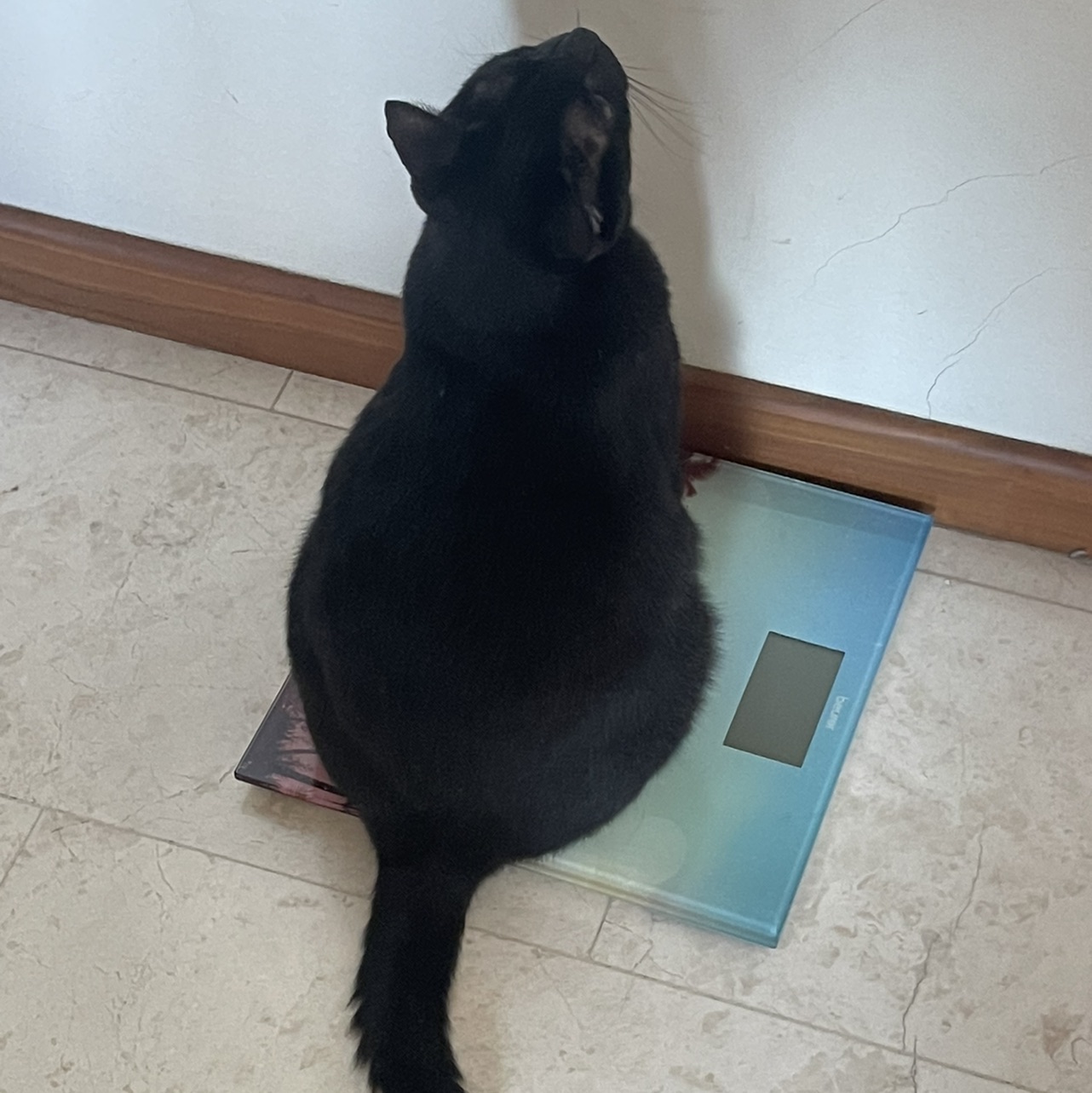
Class87low
No personal profile
2Follow
0Followers
0Topic
0Badge
Really?
AMC CEO says theaters will accept other cryptocurrencies along with Bitcoin- Tweet
Long Mickey!
Disney World Won't Be Quiet for Long
I really hope you are right.
S&P 500 hasn't fallen 5% from a peak in nearly 200 sessions--what that tells market historians
What’s the next target?
Sorry, the original content has been removed
Long NIO
NIO: Time To Go All-In
Great article that gives a good idea of what’s going on. Thanks.
Why the meme stock revolution will last
How will Google ever fail when it has become a verb and not a noun
Sorry, the original content has been removed
V shape. Please!
Dow drops 400 points, S&P 500 is set to snap 7-day winning streak
How to expect 1 million dozes to be administered by end July? Who would buy?
Israel negotiating Pfizer surplus with other countries, official says
Head they win, tail we lose
Sorry, the original content has been removed
Actually this sounds like common sense to me. BuyLow, of course. What is Low?
Suze Orman worries about a market crash — here's what you should do
Yes we say history always repeats itself, some not all time. As an investor I hope not for this time.
Sorry, the original content has been removed
Long Microsoft!
Microsoft closes above $2 trillion market cap for the first time
Hope the winter of Bitcoin ends soon
Cathie Wood bought 1 million shares of Grayscale Bitcoin Trust during crypto's drop below $30,000
Join the club
Singapore’s Millionaires Count Expected to Surge 62% by 2025
All in a game. Human never stop wanting to play games.
Sorry, the original content has been removed
Up up and away!
A Stock Market Crash Is Coming: 5 High-Conviction Stocks to Buy Hand Over Fist When It Happens
I wonder how the listing process managed to get thru
Wall Street Crime And Punishment: The Rise And Fall Of Crazy Eddie
Please like and comment
Sorry, the original content has been removed
Like
Forget Dogecoin -- This Stock Is a Better Buy
Go to Tiger App to see more news